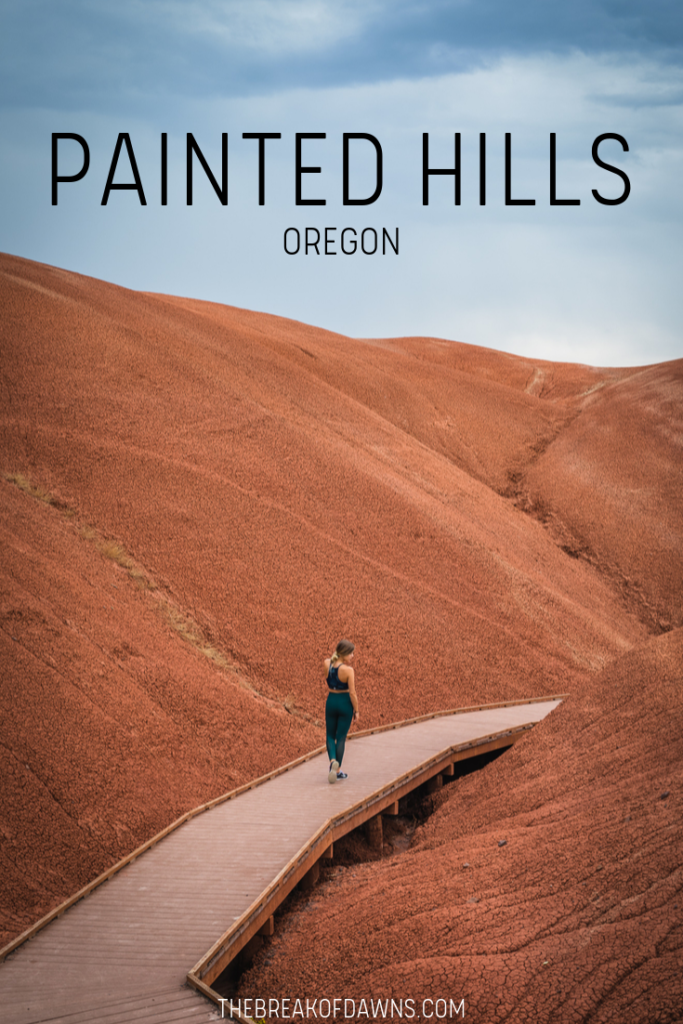
Pinterest is my go-to for discovering new places. When the app was released a decade ago, I quickly began saving locations I wanted to see, although I never thought I’d get the chance. As one of the first locations Pinterest introduced me to, this summer I finally got the chance to explore Oregon’s Painted Hills, a true hidden gem in the state.
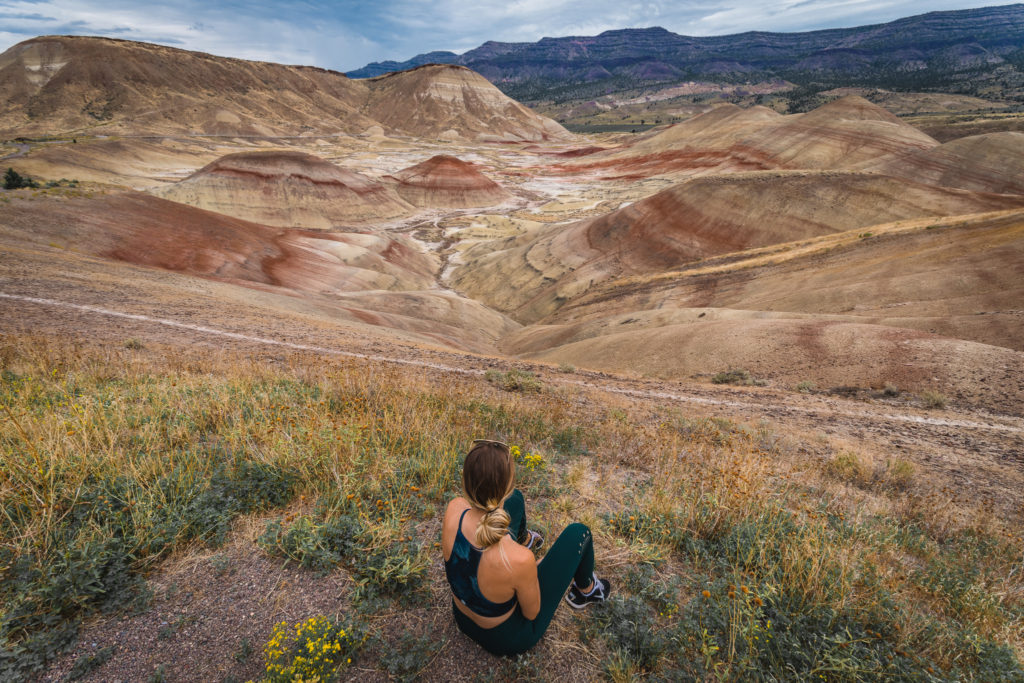
What are the Painted Hills?
The Painted Hills are one of three units of the John Day Fossil Beds National Monument. Forming from an ancient river floodplain, the Painted Hills are home to 30 million year old leaf and animal fossils.
Looking out over the 3,100 acres, vibrant reds, oranges and blacks are literally paint brushed across the tan knolls. Each layer of color represents a different geological era, holding significant hints to past climate changes.
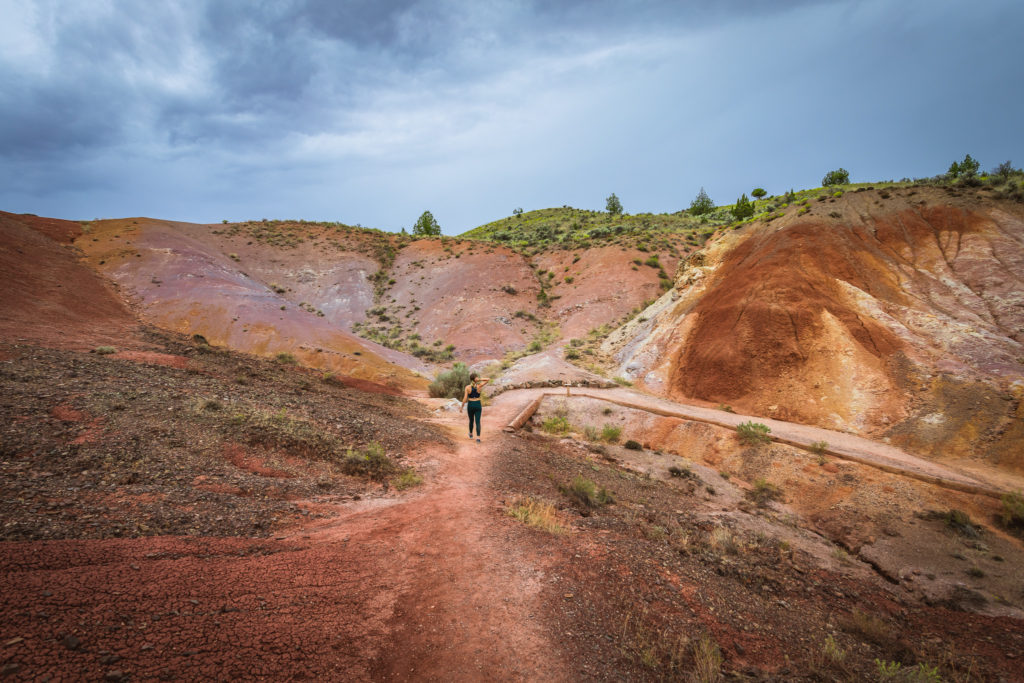
Believe it or not, the black soil, or lignite, is actually what remains of the trees that used to line the floodplain here. In the colors you see, the red laterite soil suggests this portion of Oregon was formerly a hot and wet tropical area.
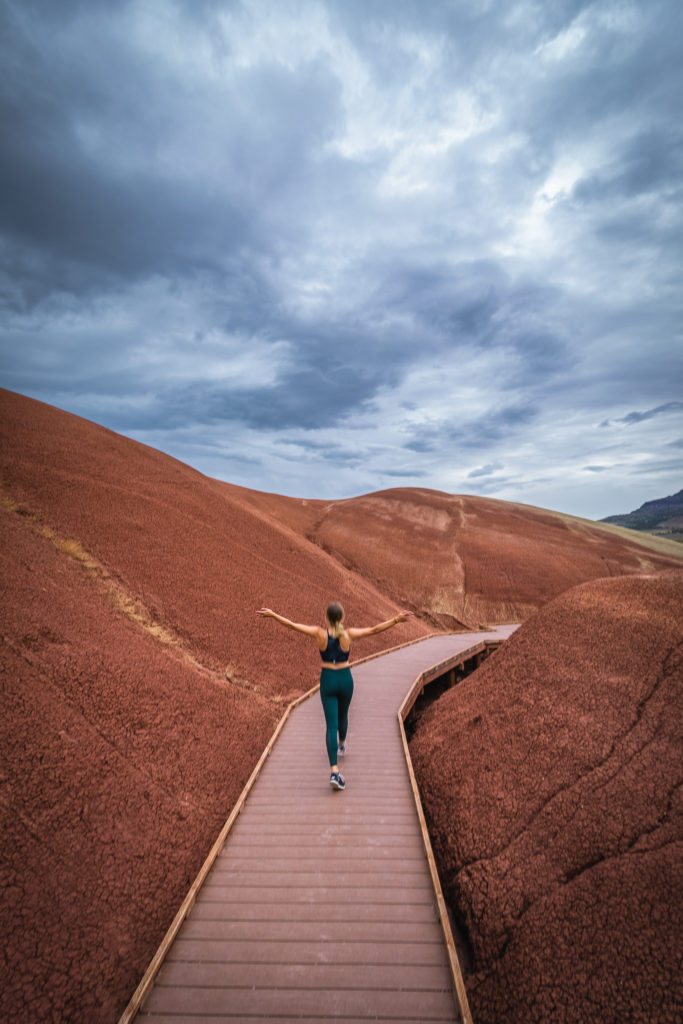
Where are the Painted Hills?
Based in central Oregon, Painted Hills comprises the northwest stretch of the John Day Fossil Beds National Monument. Find it 4 hours east of Portland or 2 hours northeast of Bend. Beings it’s somewhat distant from the more popular sites in the state, it doesn’t see nearly as many visitors as other locations.
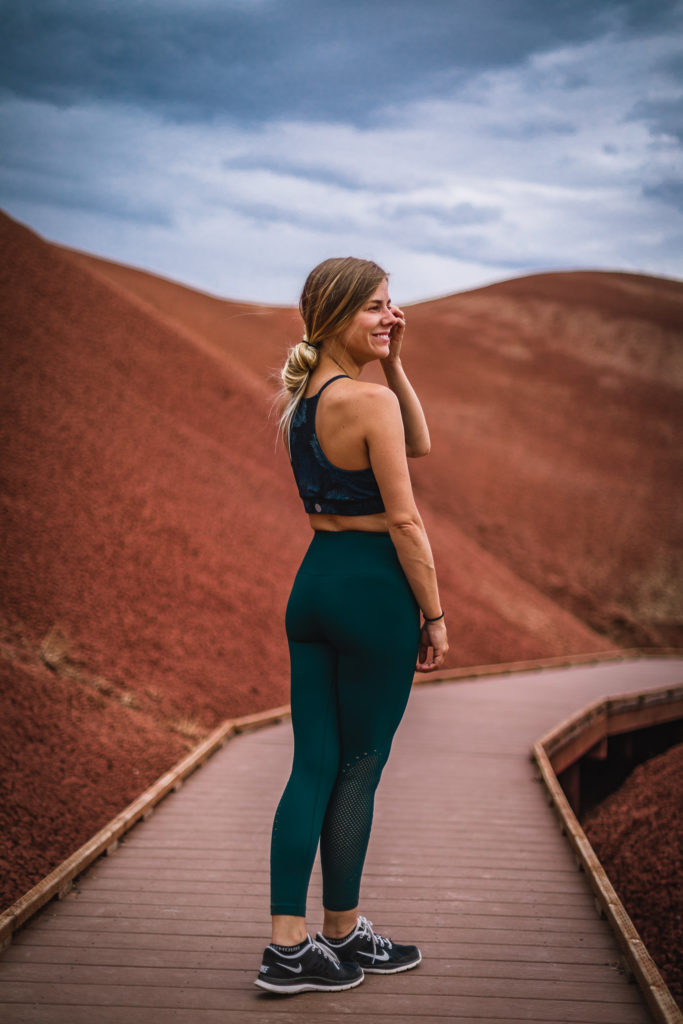
Tips for Visiting
- DO NOT STEP ON THE DIRT. The fossil beds of Painted Hills are EXTREMELY fragile. If you step on the dirt, that footprint could last thousands of years.
- Stay on trails at all times. If you see anyone off trail or on the dirt, say something and report to a ranger or the NPS.
- Removing or rearranging rocks/fossils is strictly prohibited and also highly illegal.
- Since it’s relatively small in size, a half day should be plenty of enough time in Painted Hills.
- The hikes are all very short, making it a good place for kids and others who may not be accustomed to hiking.
- To photograph the Painted Hills, try visiting in the late afternoon when the sun is softer or plan your visit on a cloudy day.
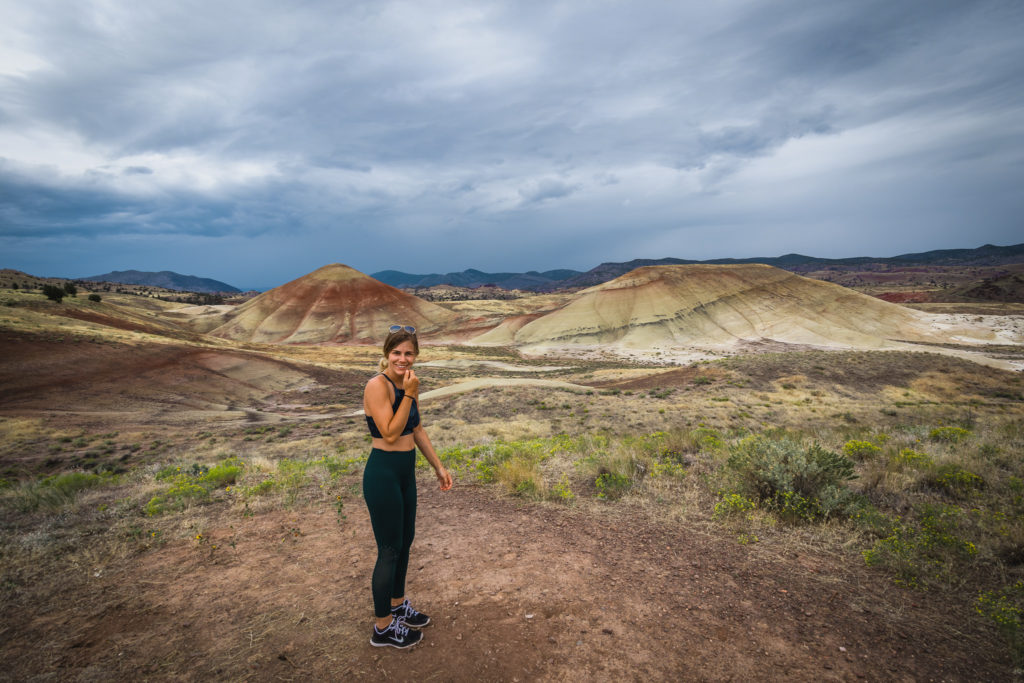
Exploring Oregon’s Painted Hills
Surprisingly, you really don’t even need to get out of your car to see the Painted Hills. The main route, Bear Creek Road, cuts through the area with multiple pull outs to look at them from afar.
Because there are 5 different trails available, I highly recommend getting up close and personal with the Hills. Each trailhead area is marked with a sign visible from the main road.
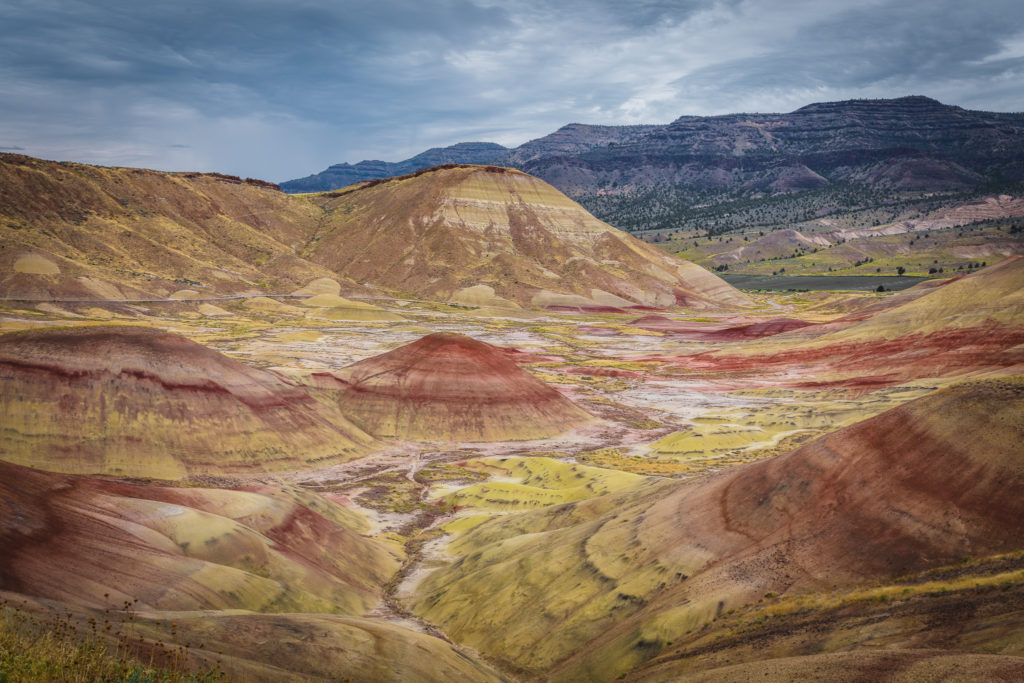
Painted Hills Overlook
For a better view of the Painted Hills, take the 0.5 mile roundtrip Overlook Trail. Following an easy gravel path, the colors of the Painted Hills shine from up here. Benches dot the trail along the way for resting and small spurs in the gravel can take you a little closer for better views.
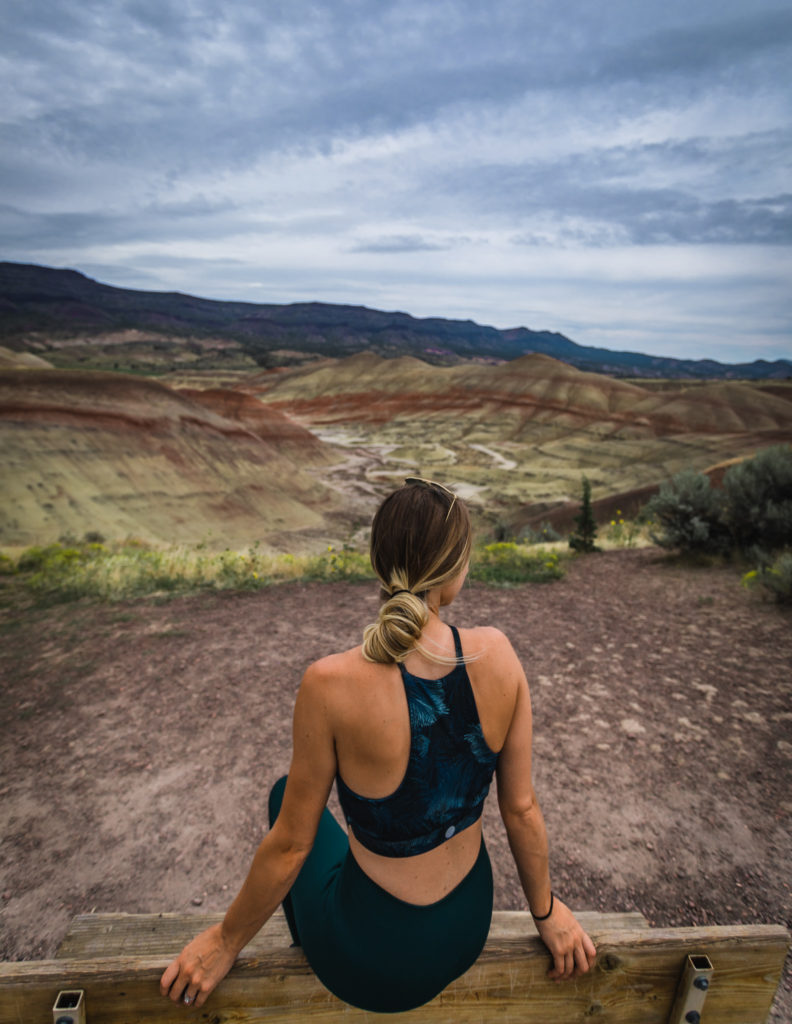
Carroll Rim Trail
At 1.6 miles roundtrip, the Carroll Rim Trail is the longest in Painted Hills. Climbing over 400 feet in elevation, you’ll get unobstructed panoramic views of the entire area.
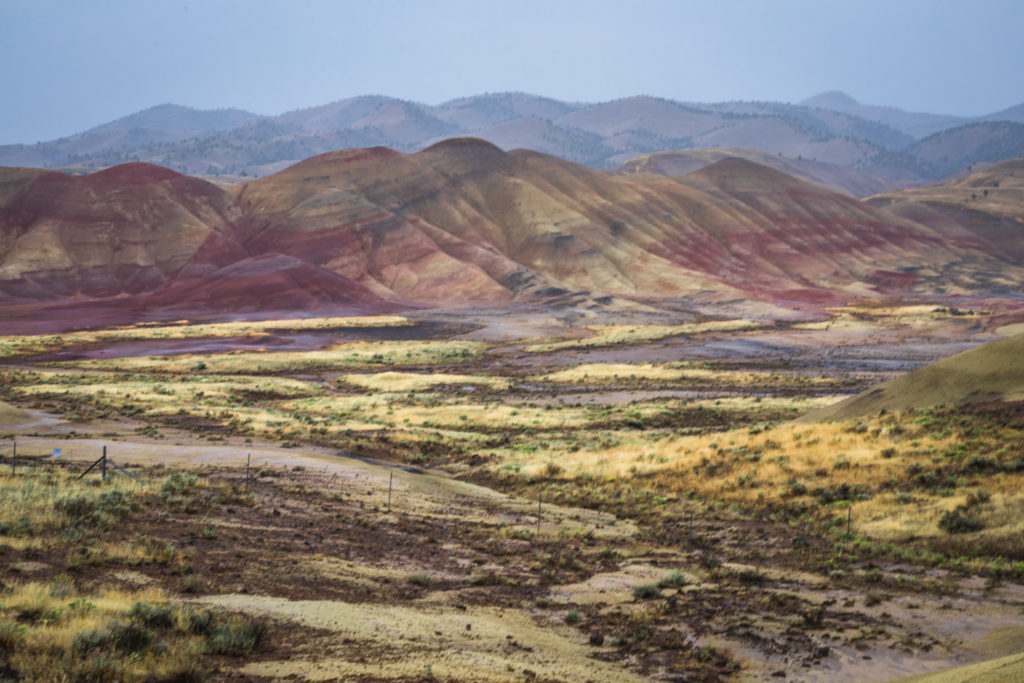
Painted Cove Trail
And for my favorite trail of the bunch, the ridiculously gorgeous Painted Cove Trail. This 0.25 mile roundtrip winds through a Mars-like atmosphere with the most vibrant rocks in the park. This trail is a can’t-miss!
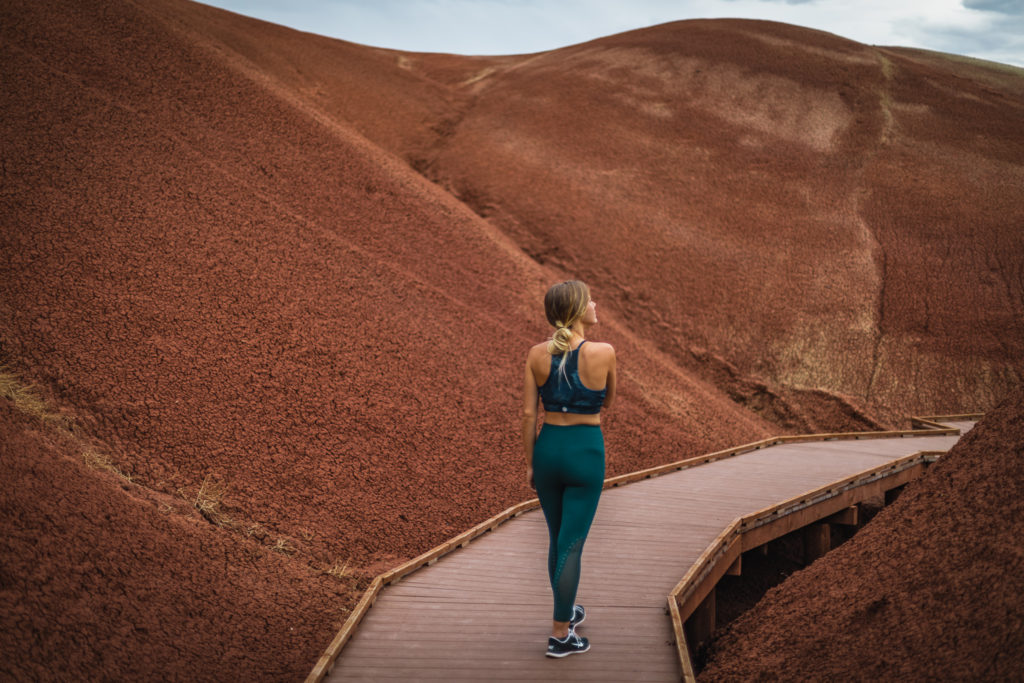
Beginning on an even boardwalk, mosey through crackled blood-red sensitive soils. Making your way around the hills, vegetation begins to appear, creating a stark contrast with that vivid red backdrop.
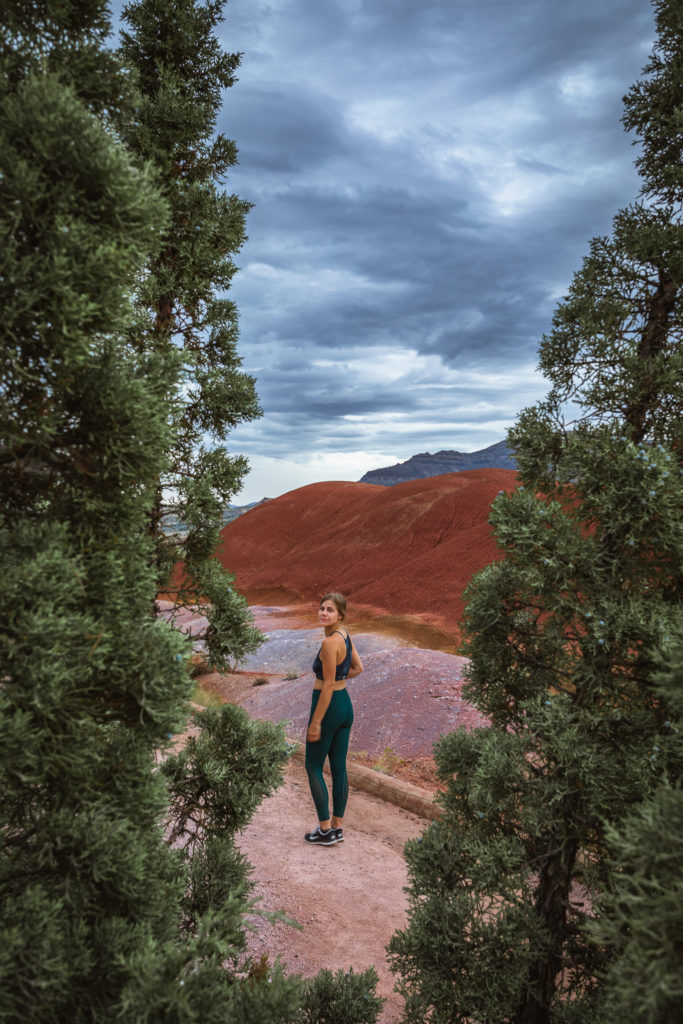
Leaf Hill Trail
Probably the most significant area to see while exploring Oregon’s Painted Hills is the Leaf Hill area, seen by a 0.25 mile roundtrip trail. Leaf Hill has been consistently studied by paleontologists since its uncovering in the mid 1800s. Signs along the trail will describe more about the history of this area, what scientists have discovered and why it’s so significant.
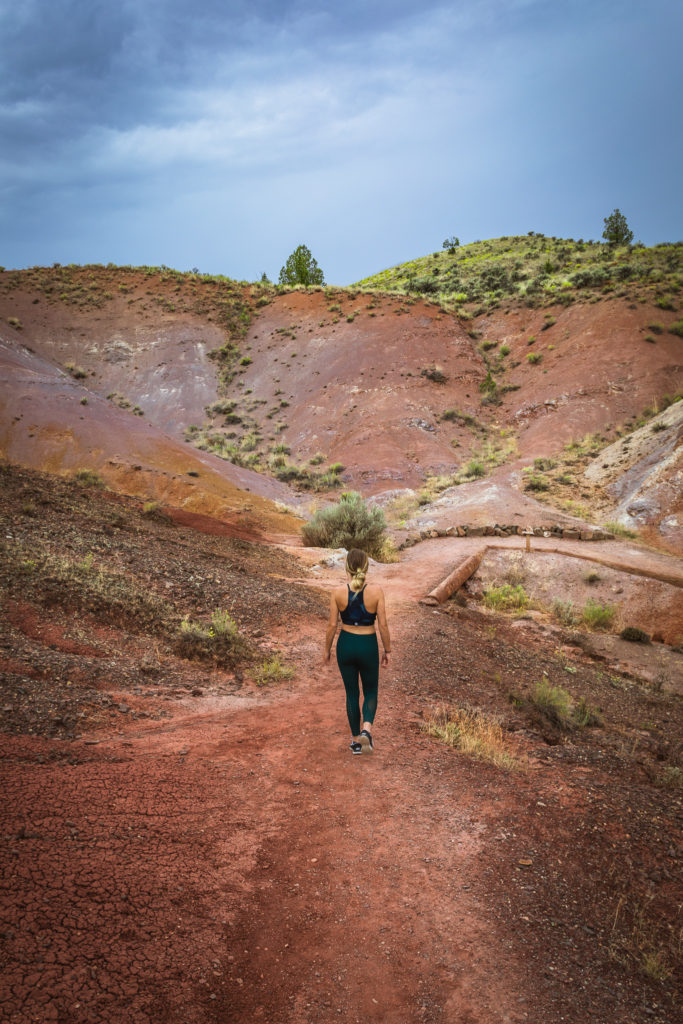
Red Scar Knoll/Red Hill Trail
And for the last of the trails, the short 0.25 miles roundtrip Red Scar Knoll Trail, or Red Hill Trail. Small rolling mounds of yellow and red clay dominate the views here and getting you up close and personal with the colorful landscape.
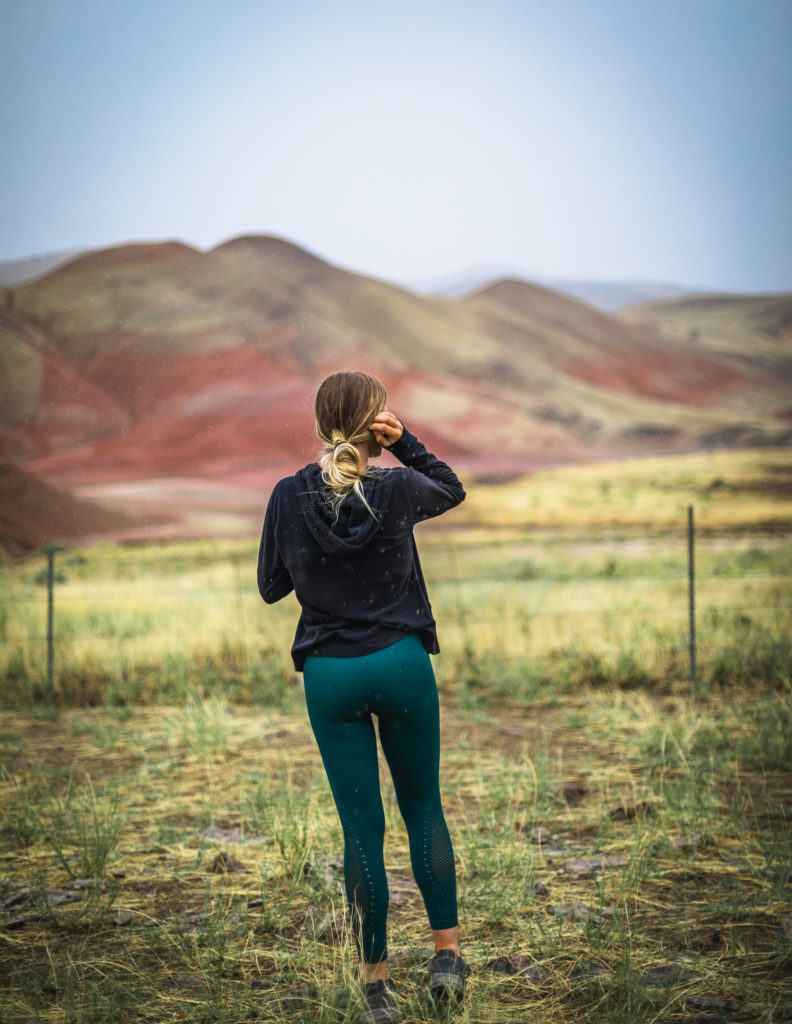
Read More Oregon Posts HereBefore heading into protected areas, it’s imperative that you’re familiar with the “Leave No Trace” principles.
Read More: Leave No Trace: The 7 Rules of the Backcountry
Learn more about Leave No Trace on their website here.
Like This Post? Pin It!
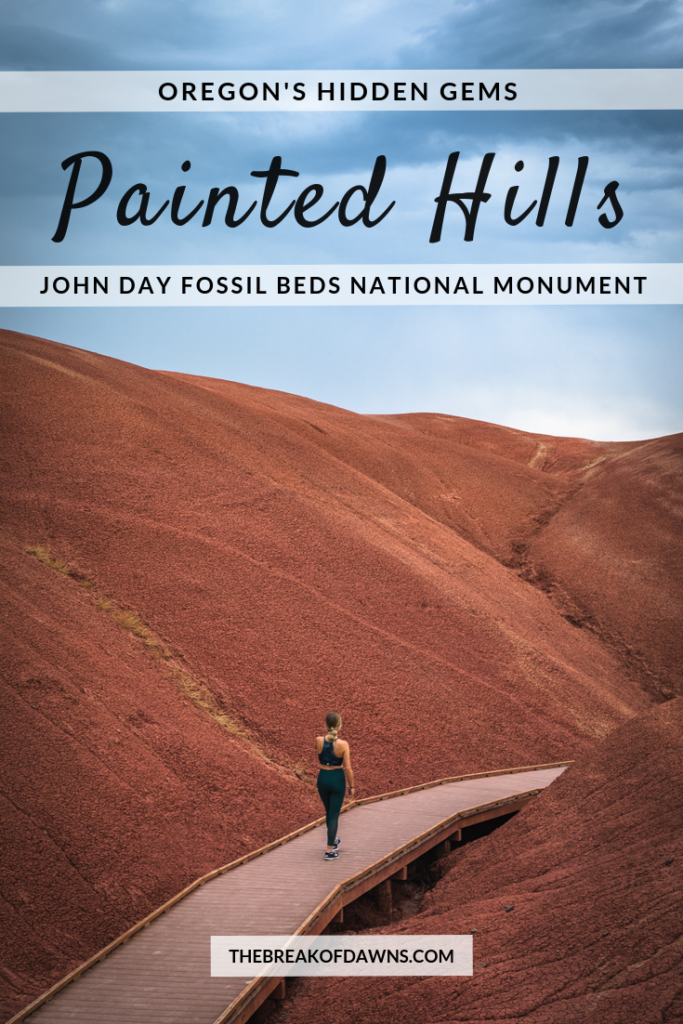
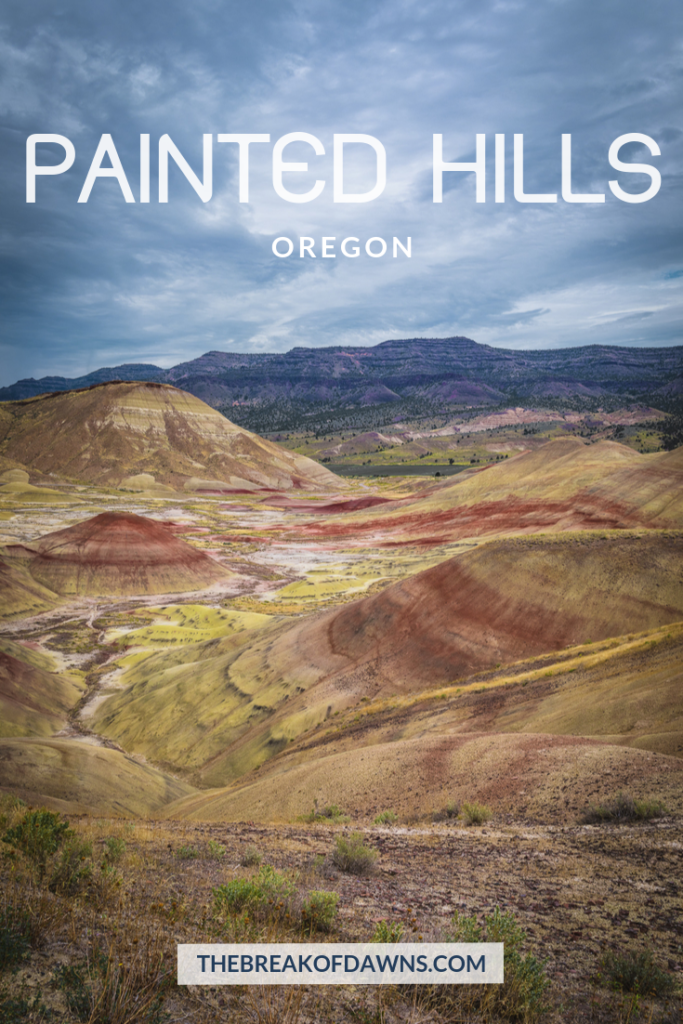
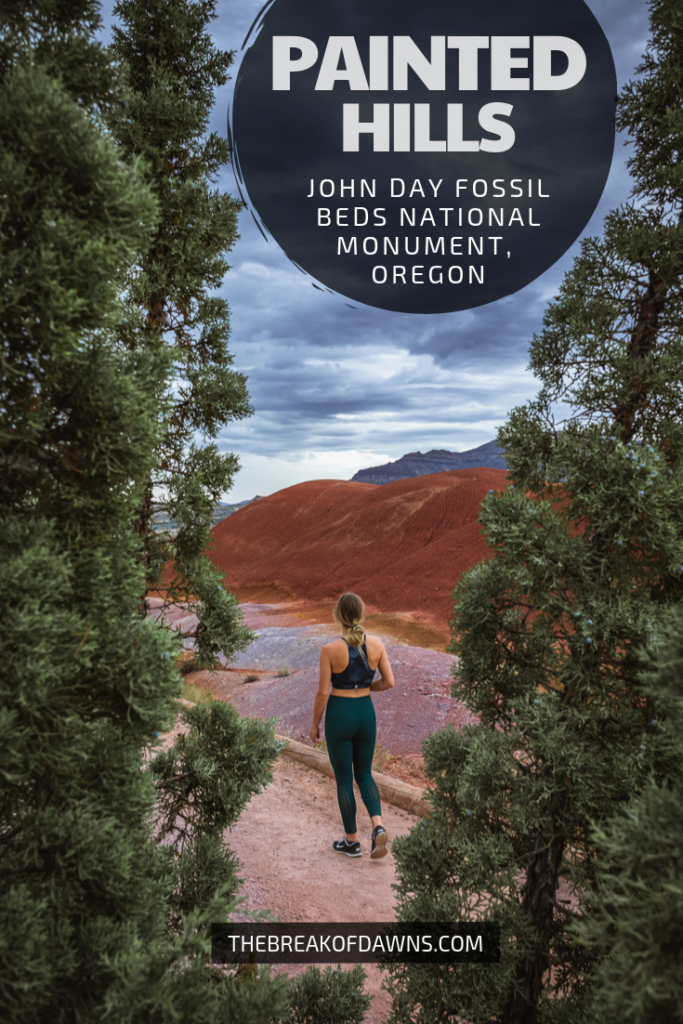

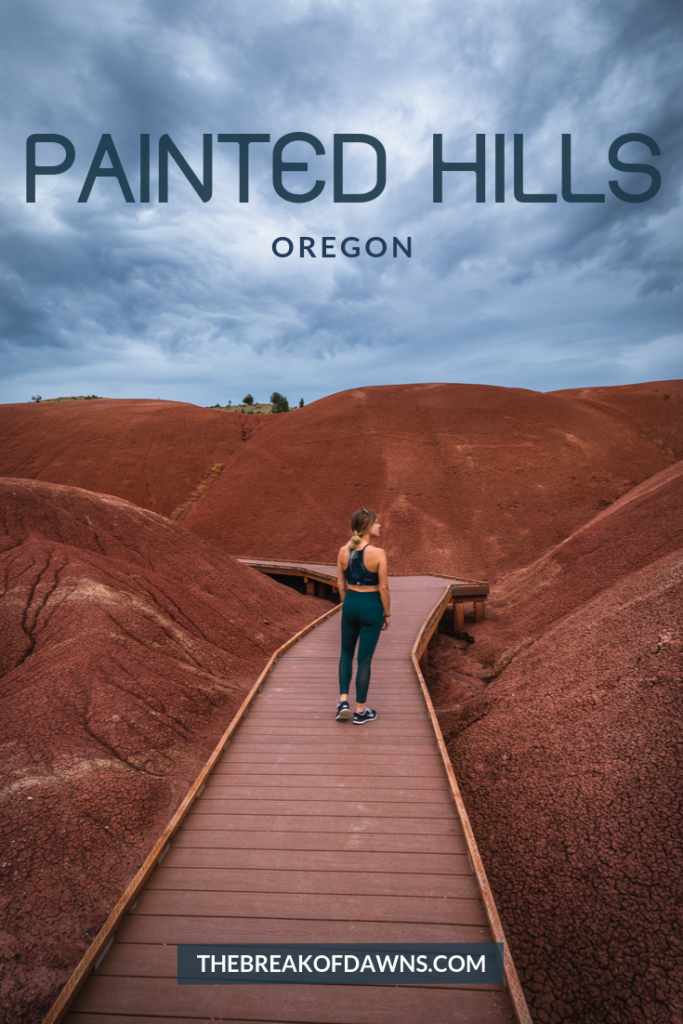
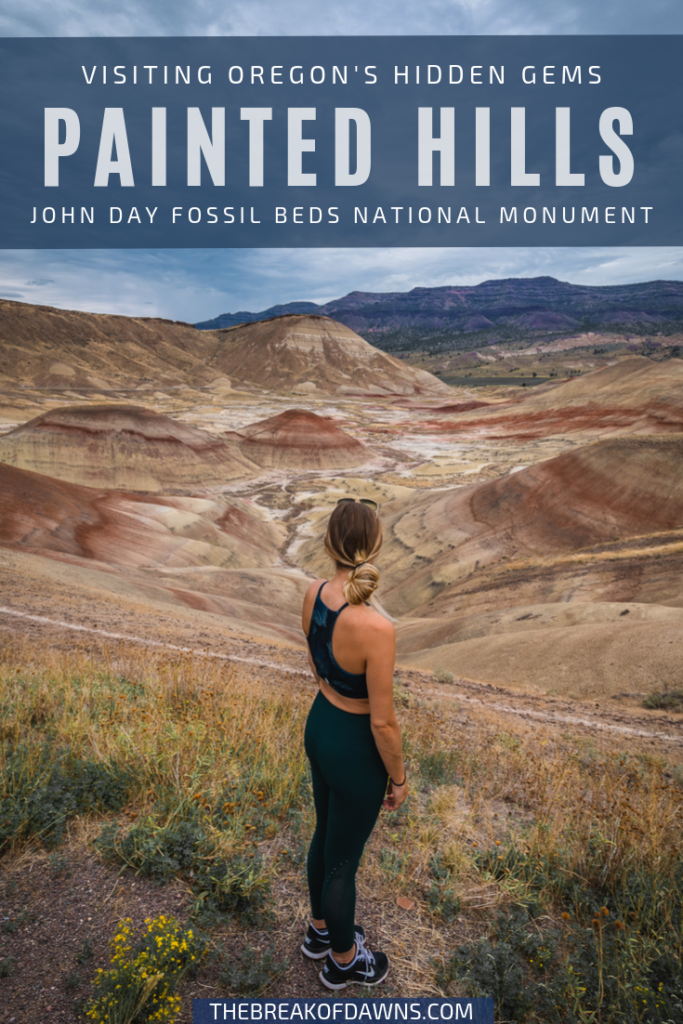
| This post contains affiliate links. At no extra cost to you, if you purchase one of these products I may receive a small commission. This helps me maintain my blog as a free space to you. Check out my Disclaimer for more info.
